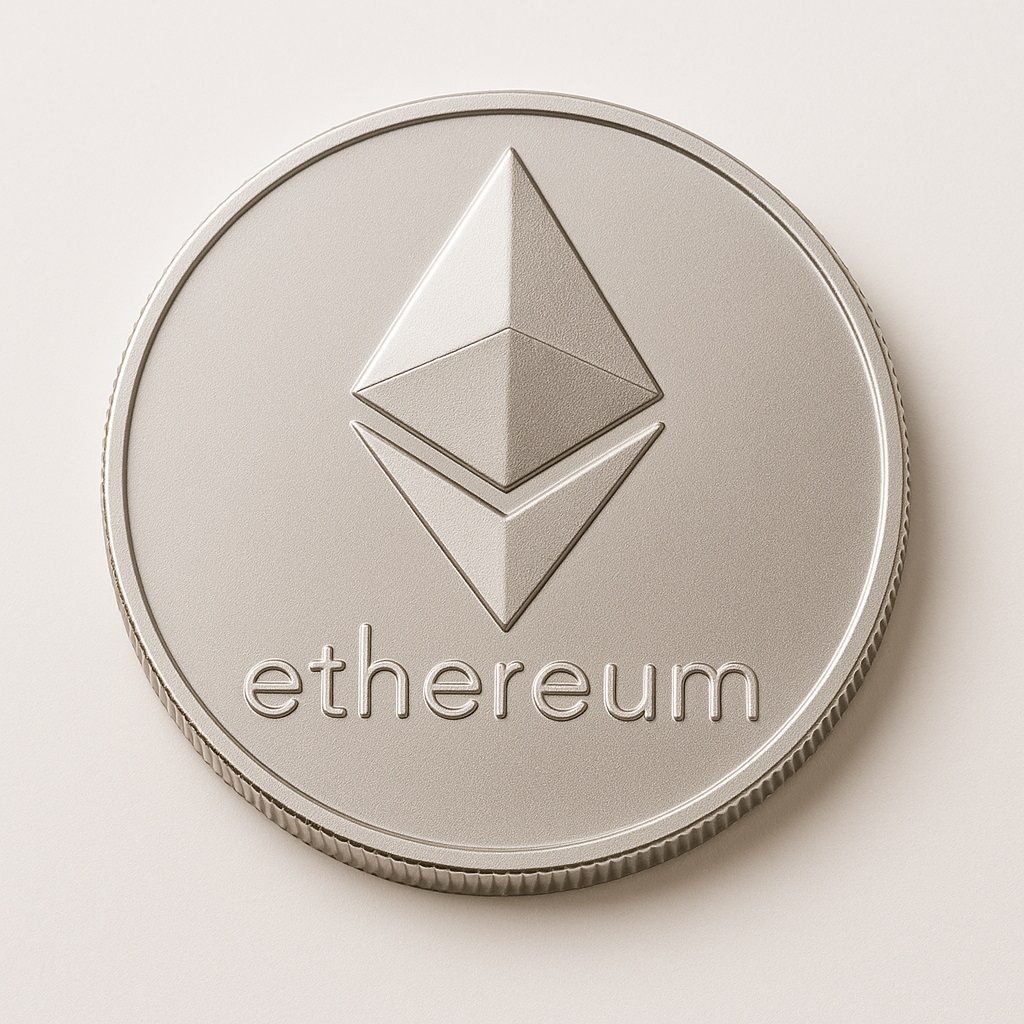ETHERIUM MAIN
Comprehensive information about Ethereum, developer documentation, and ecosystem updates
Go to website
Ethereum, launched in 2015 by Vitalik Buterin and a team of visionary developers, is the world’s leading programmable blockchain. Unlike Bitcoin, which primarily serves as a digital currency, Ethereum was designed to enable the creation of decentralised applications (dApps) through self-executing smart contracts. These contracts run directly on the blockchain without the need for intermediaries, forming the foundation for decentralised finance (DeFi), tokenisation, and many emerging blockchain industries. Its native currency, Ether (ETH), is used both for transactions and as “gas” to power computation on the network.
One of Ethereum’s most transformative innovations is the ability to create and manage non-fungible tokens (NFTs). NFTs represent unique digital assets—such as art, music, collectibles, or in-game items—stored securely on the Ethereum blockchain. This technology has redefined digital ownership, giving creators direct access to global markets while ensuring authenticity and permanence. Ethereum’s ecosystem also supports the majority of today’s DeFi protocols and stablecoins, connecting users, creators, and businesses in a unified digital economy.
Ethereum serves as the base layer for thousands of other tokens built using its ERC-20 and ERC-721 standards. Some of the most notable tokens that depend on Ethereum include Chainlink (LINK), Uniswap (UNI), Aave (AAVE), Tether (USDT), and Shiba Inu (SHIB). Each of these projects leverages Ethereum’s security and smart contract capabilities to power decentralised trading, lending, and data services across the global blockchain ecosystem. Ripple’s U.S. dollar-backed stablecoin, RLUSD, is also issued on Ethereum alongside the XRP Ledger, demonstrating the network’s growing interoperability and trust among major financial players.
Some of the most influential projects that rely on Ethereum include:
In 2022, Ethereum underwent a historic upgrade known as The Merge, shifting from proof-of-work to proof-of-stake. This change reduced its energy consumption by over 99%, making it one of the most environmentally efficient major blockchains while retaining strong decentralisation and security. By 2025, Ethereum has established itself as the backbone of decentralised finance, NFTs, and tokenisation, supporting innovative projects that reshape how value and ownership are exchanged worldwide.
With its scalable technology, global adoption, and cross-chain compatibility, Ethereum remains at the centre of the Web3 revolution. Its expanding role—now including the integration of assets like RLUSD—cements its position as the foundation for a transparent, inclusive, and programmable financial future.
Joining the Ethereum project is open to anyone interested in participating in the next generation of decentralised technology. The simplest way to get involved is by acquiring Ether (ETH) through a reputable exchange and using it to interact with decentralised applications (dApps) or invest in projects built on the network. Developers can contribute directly by creating smart contracts, NFTs, or decentralised finance (DeFi) tools using Ethereum’s open-source framework. Individuals can also stake their ETH to help secure the network and earn rewards through proof-of-stake validation. Artists and creators can mint NFTs on platforms such as OpenSea, while investors may explore tokens and projects running on Ethereum, including stablecoins like RLUSD. The global Ethereum community welcomes newcomers through online forums, hackathons, and educational resources, providing endless opportunities to learn, collaborate, and shape the future of blockchain innovation.
Comprehensive information about Ethereum, developer documentation, and ecosystem updates
Go to websiteTools including MetaMask and Infura, blockchain development, and decentralised finance
Go to website